Conditional Empirical Mode Decomposition and Serial Parallel CNN for ElectroEncephaloGram Signal Recognition
-
摘要:
针对运动想象脑电信号(EEG)的非线性、非平稳特点,该文提出一种结合条件经验模式分解(CEMD)和串并行卷积神经网络(SPCNN)的脑电信号识别方法。在CEMD过程中,采用各阶固有模式分量(IMF)与原始信号的相关性系数作为第1个IMF筛选条件,在此基础上,提出各阶IMF之间的相对能量占有率作为第2个IMF筛选条件。此外,为了考虑脑电信号各个通道之间的特征和突出每个通道内的特征,该文提出SPCNN网络模型对进行CEMD过程后的脑电信号进行分类。实验结果表明,在自行采集的脑电数据集上平均识别率达到94.58%。在公开数据集BCI competition IV 2b上平均识别率达到82.13%,比卷积神经网络提高了3.85%。最后,在自行设计的智能轮椅脑电控制平台上进行了轮椅前进、左转和右转在线控制实验,验证了该文算法对脑电信号识别的有效性。
Abstract:For the non-linear and non-stationary characteristics of motor imagery ElectroEncephaloGram (EEG) signals, an EEG signal recognition method based on Conditional Empirical Mode Decomposition (CEMD) and Serial Parallel Convolutional Neural Network (SPCNN) is proposed. In the CEMD process, the correlation coefficient between the Intrinsic Mode Functions (IMFs) and the original signal is used as the first condition to select IMFs. Based on this, the relative energy occupancy rates between the IMFs are proposed as the second condition to select IMFs. Further, to consider the characteristics between the EEG signal channels and highlight the features in each EEG signal channel, a SPCNN model is proposed to classify the processed EEG signals. The experimental results show that the average recognition rate reaches 94.58% on the dataset collected by ourselves. And the average recognition rate reaches 82.13% on the BCI competition IV 2b dataset, which is 3.85% higher than the average recognition rate of convolutional neural network. Finally, the online control experiments are carried out on the designed intelligent wheelchair platform, which proves the effectiveness of the proposed algorithm for EEG signals recognition.
-
表 1 不同算法对5受试者脑电信号的识别准确率(%)
算法 CSP ACSP DBN CNN STFT-CNN SPCNN 本文CEMD-SPCNN S01 65.00 77.50 87.08 86.25 88.75 90.42 93.33 S02 81.67 82.92 87.50 87.92 89.17 91.25 94.17 S03 98.33 97.08 95.83 95.83 96.67 97.08 99.16 S04 76.25 78.33 83.33 85.42 85.42 86.25 89.58 S05 95.42 96.25 93.75 91.67 92.50 94.17 96.67 均值 83.33 86.41 89.50 89.42 90.50 91.83 94.58 方差 190.01 91.88 26.51 18.61 18.18 16.62 13.02 表 2 不同算法对BCI competition IV 2b数据集的识别准确率(%)
算法 Chin Gan Coyle CSP ACSP DBN CNN STFT-CNN SPCNN 本文CEMD-SPCNN B01 70.00 71.00 60.00 66.56 67.50 66.56 72.22 75.00 76.39 80.56 B02 61.00 61.00 56.00 57.81 55.31 62.50 61.03 61.76 63.24 64.71 B03 61.00 57.00 56.00 61.25 62.19 60.00 61.11 62.50 62.50 64.58 B04 98.00 97.00 89.00 94.06 94.69 96.87 98.65 98.65 99.32 99.32 B05 93.00 86.00 79.00 80.63 76.88 82.19 86.48 87.16 87.84 88.51 B06 81.00 81.00 75.00 75.00 75.94 77.50 79.17 80.56 81.25 83.33 B07 78.00 81.00 69.00 72.50 71.25 76.56 78.47 77.08 79.17 81.25 B08 93.00 92.00 93.00 89.38 89.38 88.75 86.18 86.18 86.84 90.13 B09 87.00 89.00 73.00 85.63 81.25 85.94 81.25 82.64 84.03 86.81 均值 80.22 79.44 72.22 75.86 74.93 77.43 78.28 79.06 80.06 82.13 方差 192.19 190.03 181.69 158.75 157.50 155.85 147.92 138.63 137.52 129.78 表 3 各类操作在线识别准确率(%)
操作 直行 左转 右转 S01 96 84 86 S02 94 90 82 S03 98 88 92 -
RAMADAN R A and VASILAKOS A V. Brain computer interface: Control signals review[J]. Neurocomputing, 2017, 223: 26–44. doi: 10.1016/j.neucom.2016.10.024 佘青山, 陈希豪, 高发荣, 等. 基于感兴趣脑区LASSO-Granger因果关系的脑电特征提取算法[J]. 电子与信息学报, 2016, 38(5): 1266–1270. doi: 10.11999/JEIT150851SHE Qingshan, CHEN Xihao, GAO Farong, et al. Feature extraction of electroencephalography based on LASSO-Granger causality between brain region of interest[J]. Journal of Electronics &Information Technology, 2016, 38(5): 1266–1270. doi: 10.11999/JEIT150851 YU Tianyou, XIAO Jun, WANG Fangyi, et al. Enhanced motor imagery training using a hybrid BCI with feedback[J]. IEEE Transactions on Biomedical Engineering, 2015, 62(7): 1706–1717. doi: 10.1109/TBME.2015.2402283 KAUFMANN T, HERWEG A, and KÜBLER A. Toward brain-computer interface based wheelchair control utilizing tactually-evoked event-related potentials[J]. Journal of NeuroEngineering and Rehabilitation, 2014, 11: No.7. doi: 10.1186/1743-0003-11-7 WANG Haofei, DONG Xujiong, CHEN Zhaokang, et al. Hybrid gaze/EEG brain computer interface for robot arm control on a pick and place task[C]. The 37th Annual International Conference of the IEEE Engineering in Medicine and Biology Society, Milan, Italy, 2015: 1476–1479. doi: 10.1109/EMBC.2015.7318649. 陈强, 陈勋, 余凤琼. 基于独立向量分析的脑电信号中肌电伪迹的去除方法[J]. 电子与信息学报, 2016, 38(11): 2840–2847. doi: 10.11999/JEIT160209CHEN Qiang, CHEN Xun, and YU Fengqiong. Removal of muscle artifact from EEG data based on independent vector analysis[J]. Journal of Electronics &Information Technology, 2016, 38(11): 2840–2847. doi: 10.11999/JEIT160209 HSU W Y. EEG-based motor imagery classification using neuro-fuzzy prediction and wavelet fractal features[J]. Journal of Neuroscience Methods, 2010, 189(2): 295–302. doi: 10.1016/j.jneumeth.2010.03.030 WU Shanglin, WU Chunwei, PAL N R, et al. Common spatial pattern and linear discriminant analysis for motor imagery classification[C]. 2013 IEEE Symposium on Computational Intelligence, Cognitive Algorithms, Mind, and Brain, Singapore, 2013: 146–151. doi: 10.1109/CCMB.2013.6609178. ZHANG Yu, WANG Yu, ZHOU Guoxu, et al. Multi-kernel extreme learning machine for EEG classification in brain-computer interfaces[J]. Expert Systems with Applications, 2018, 96: 302–310. doi: 10.1016/j.eswa.2017.12.015 KEVRIC J and SUBASI A. Comparison of signal decomposition methods in classification of EEG signals for motor-imagery BCI system[J]. Biomedical Signal Processing and Control, 2017, 31: 398–406. doi: 10.1016/j.bspc.2016.09.007 PARK C, LOONEY D, REHMAN N U, et al. Classification of motor imagery BCI using multivariate empirical mode decomposition[J]. IEEE Transactions on Neural Systems and Rehabilitation Engineering, 2013, 21(1): 10–22. doi: 10.1109/TNSRE.2012.2229296 DOSE H, MØLLER J S, IVERSEN H K, et al. An end-to-end deep learning approach to MI-EEG signal classification for BCIs[J]. Expert Systems with Applications, 2018, 114: 532–542. doi: 10.1016/j.eswa.2018.08.031 ZHANG Jin, YAN Chungang, and GONG Xiaoliang. Deep convolutional neural network for decoding motor imagery based brain computer interface[C]. 2017 IEEE International Conference on Signal Processing, Communications and Computing, Xiamen, China, 2017: 1–5. doi: 10.1109/ICSPCC.2017.8242581. AN Xiu, KUANG Deping, GUO Xiaojiao, et al. A deep learning method for classification of EEG data based on motor imagery[C]. The 10th International Conference on Intelligent Computing, Taiyuan, China, 2014: 203–210. doi: 10.1007/978-3-319-09330-7_25. LI Shufang, ZHOU Weidong, YUAN Qi, et al. Feature extraction and recognition of ictal EEG using EMD and SVM[J]. Computers in Biology and Medicine, 2013, 43(7): 807–816. doi: 10.1016/j.compbiomed.2013.04.002 TARAN S, BAJAJ V, SHARMA D, et al. Features based on analytic IMF for classifying motor imagery EEG signals in BCI applications[J]. Measurement, 2018, 116: 68–76. doi: 10.1016/j.measurement.2017.10.067 MU Yashuang, LIU Xiaodong, and WANG Lidong. A Pearson’s correlation coefficient based decision tree and its parallel implementation[J]. Information Sciences, 2018, 435: 40–58. doi: 10.1016/j.ins.2017.12.059 LECUN Y, BOTTOU L, BENGIO Y, et al. Gradient-based learning applied to document recognition[J]. Proceedings of the IEEE, 1998, 86(11): 2278–2324. doi: 10.1109/5.726791 SAKHAVI S, GUAN Cuntai, and YAN Shuicheng. Learning temporal information for brain-computer interface using convolutional neural networks[J]. IEEE Transactions on Neural Networks and Learning Systems, 2018, 29(11): 5619–5629. doi: 10.1109/TNNLS.2018.2789927 SUN Shiliang and ZHOU Jin. A review of adaptive feature extraction and classification methods for EEG-based brain-computer interfaces[C]. 2014 International Joint Conference on Neural Networks, Beijing, China, 2014: 1746–1753. doi: 10.1109/IJCNN.2014.6889525. LU Na, LI Tengfei, REN Xiaodong, et al. A deep learning scheme for motor imagery classification based on restricted Boltzmann machines[J]. IEEE Transactions on Neural Systems and Rehabilitation Engineering, 2017, 25(6): 566–576. doi: 10.1109/TNSRE.2016.2601240 -





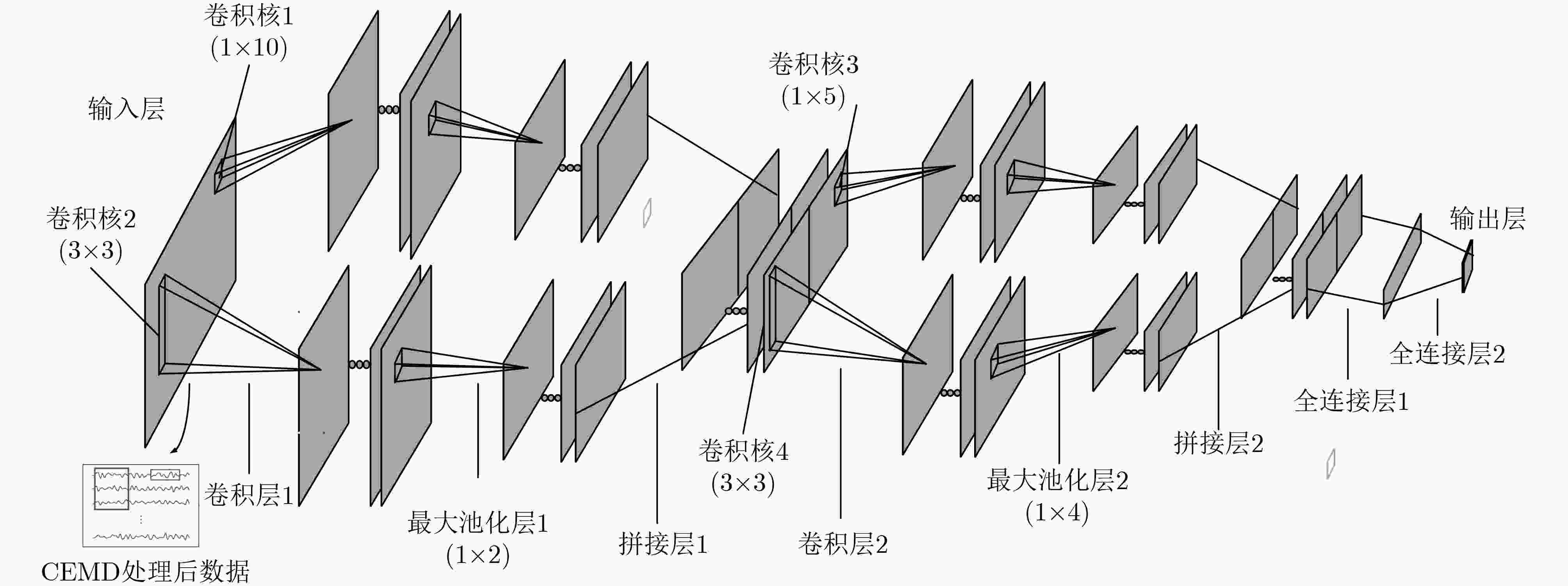
 下载:
下载:
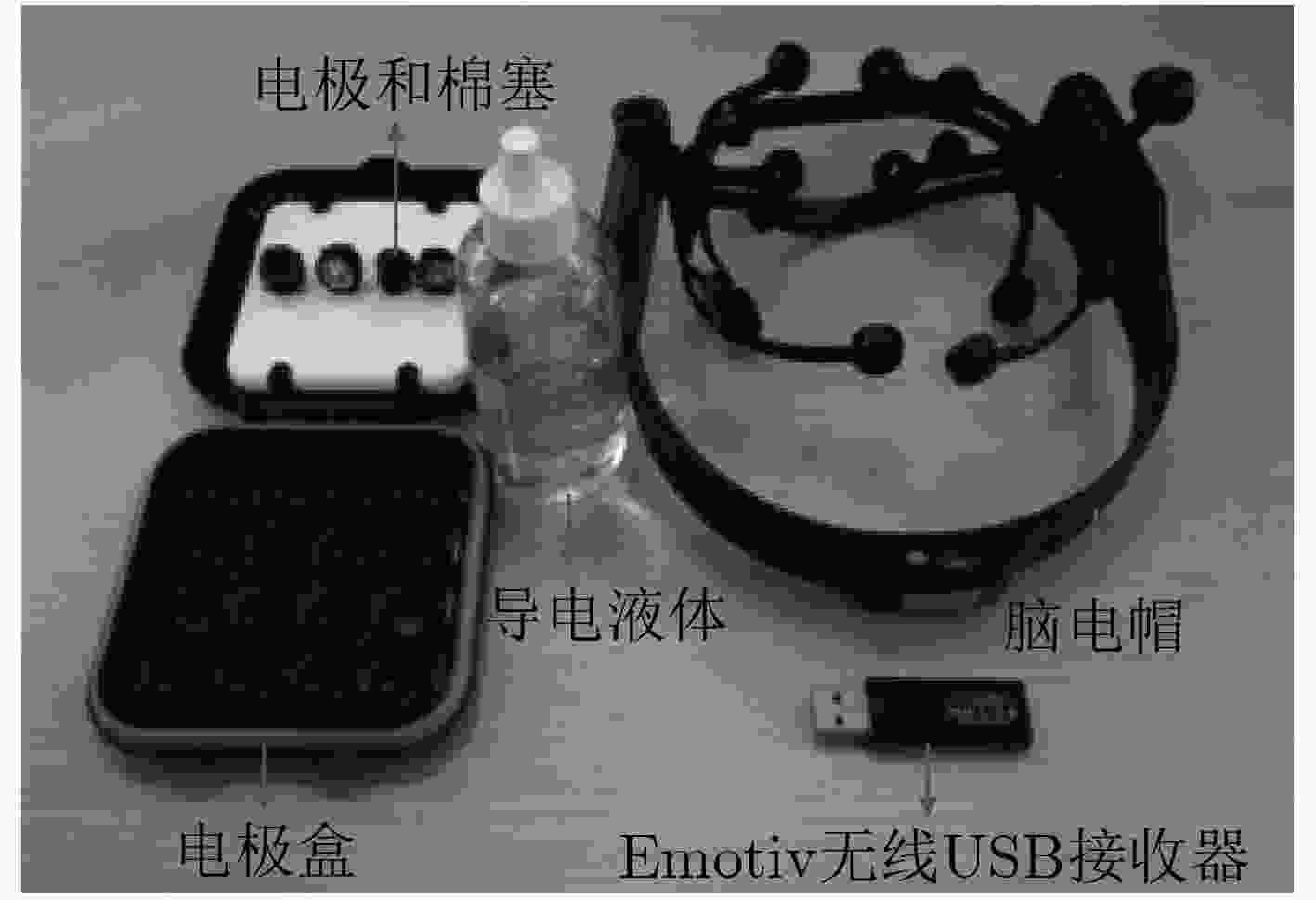
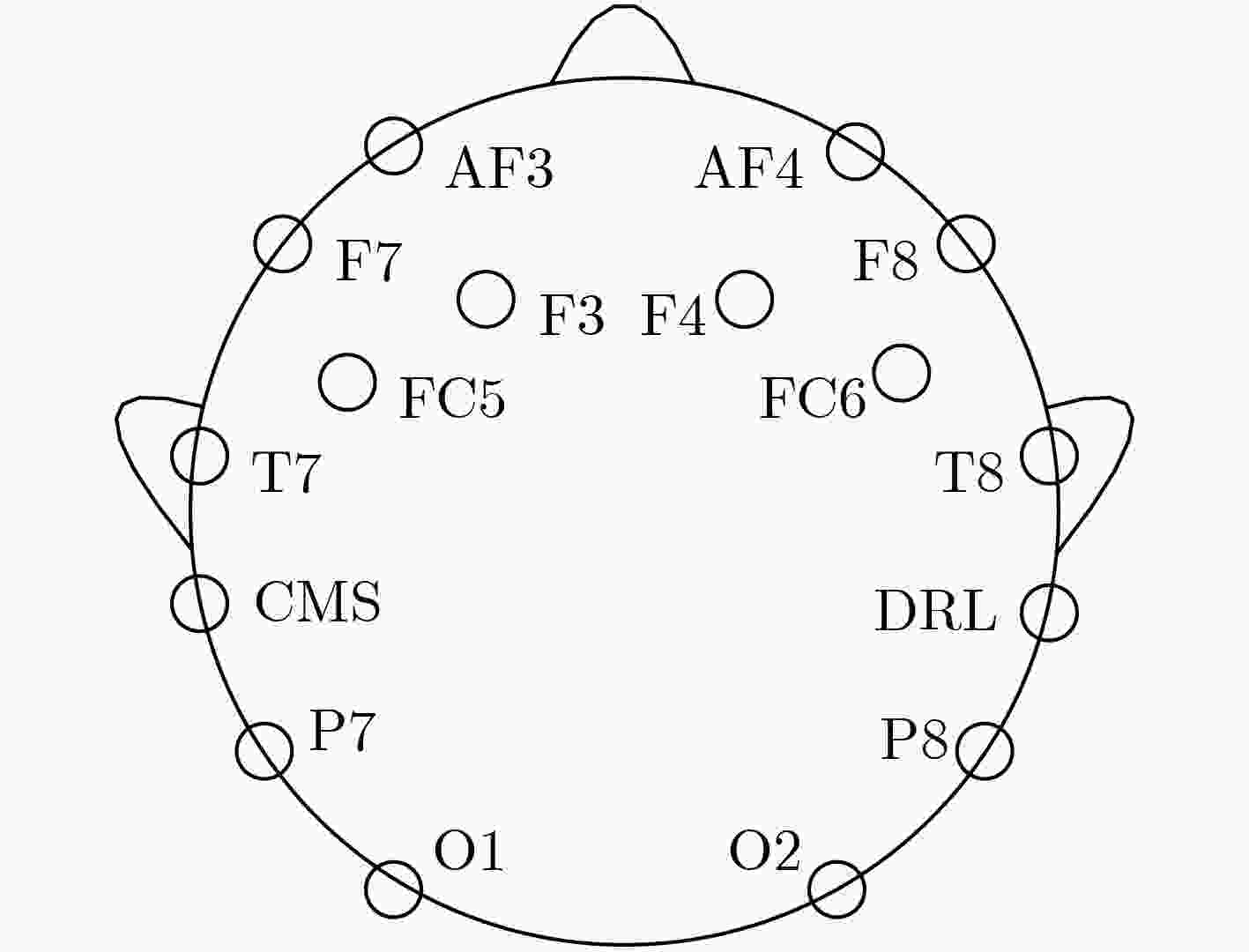
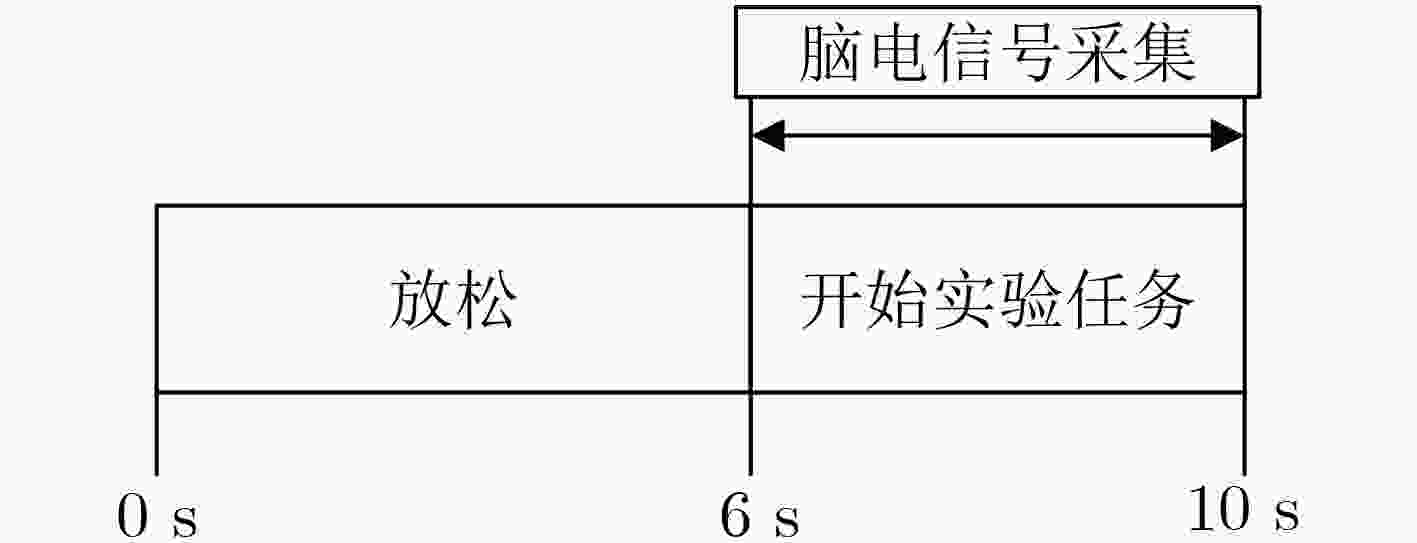
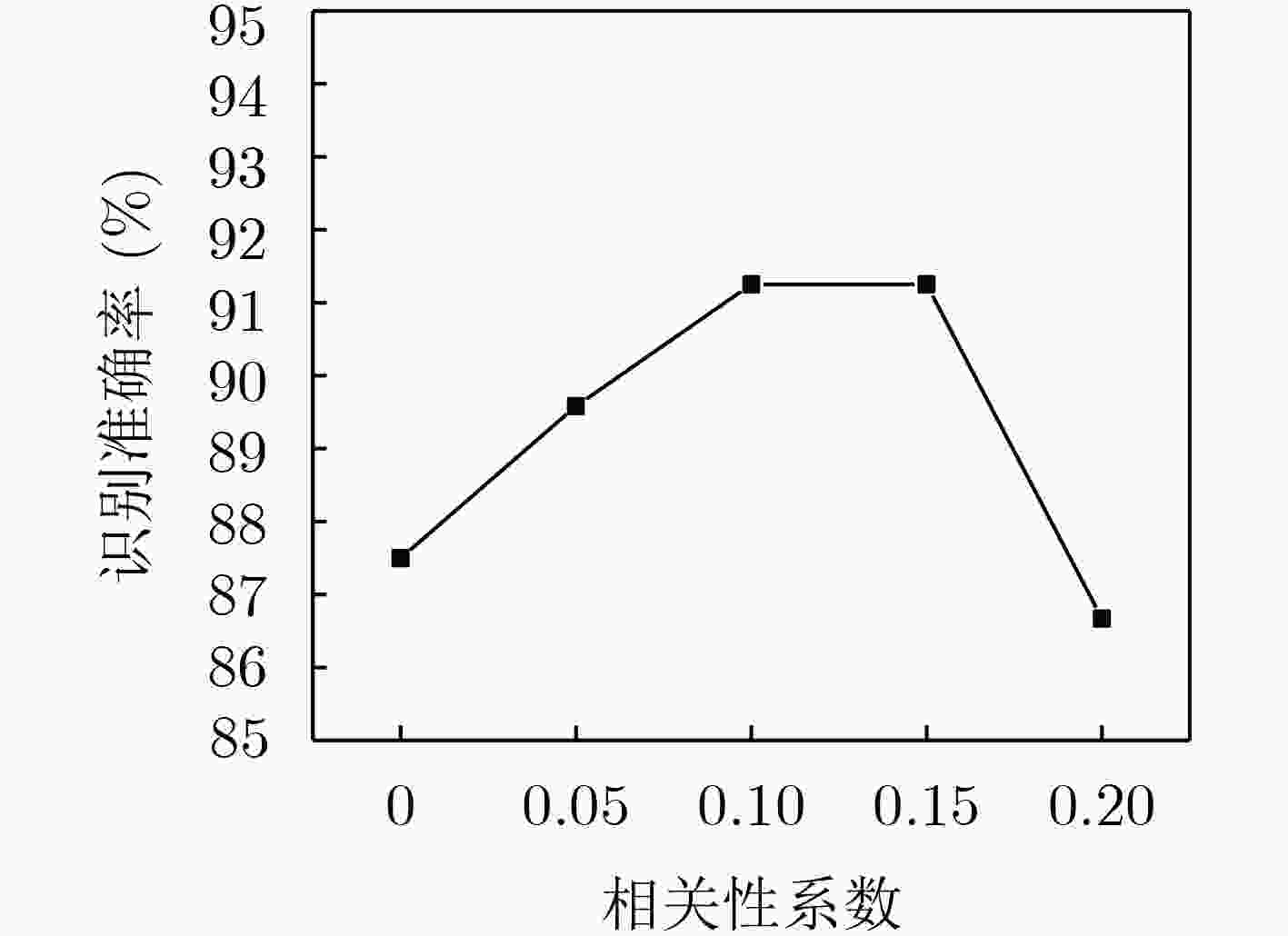

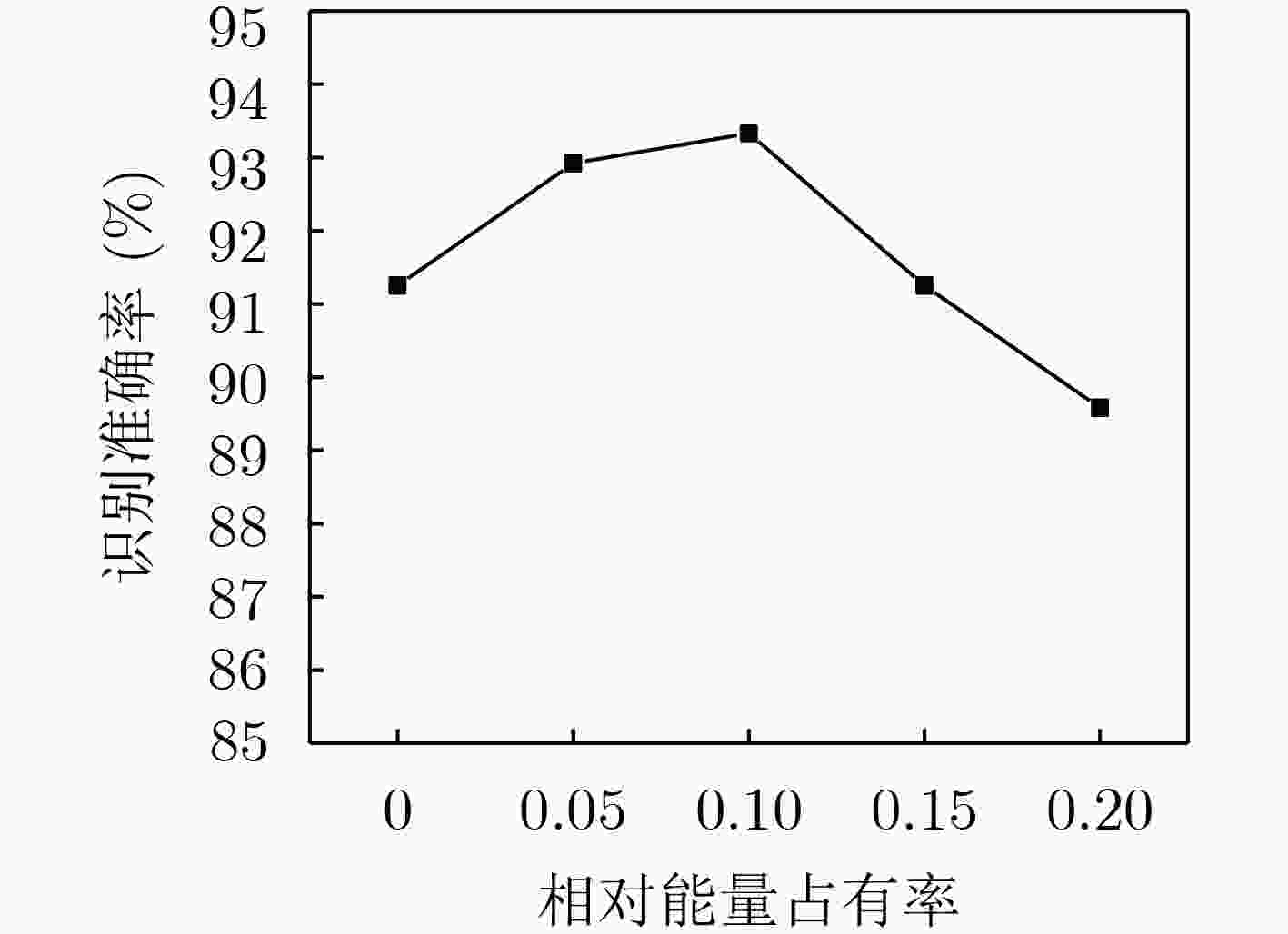

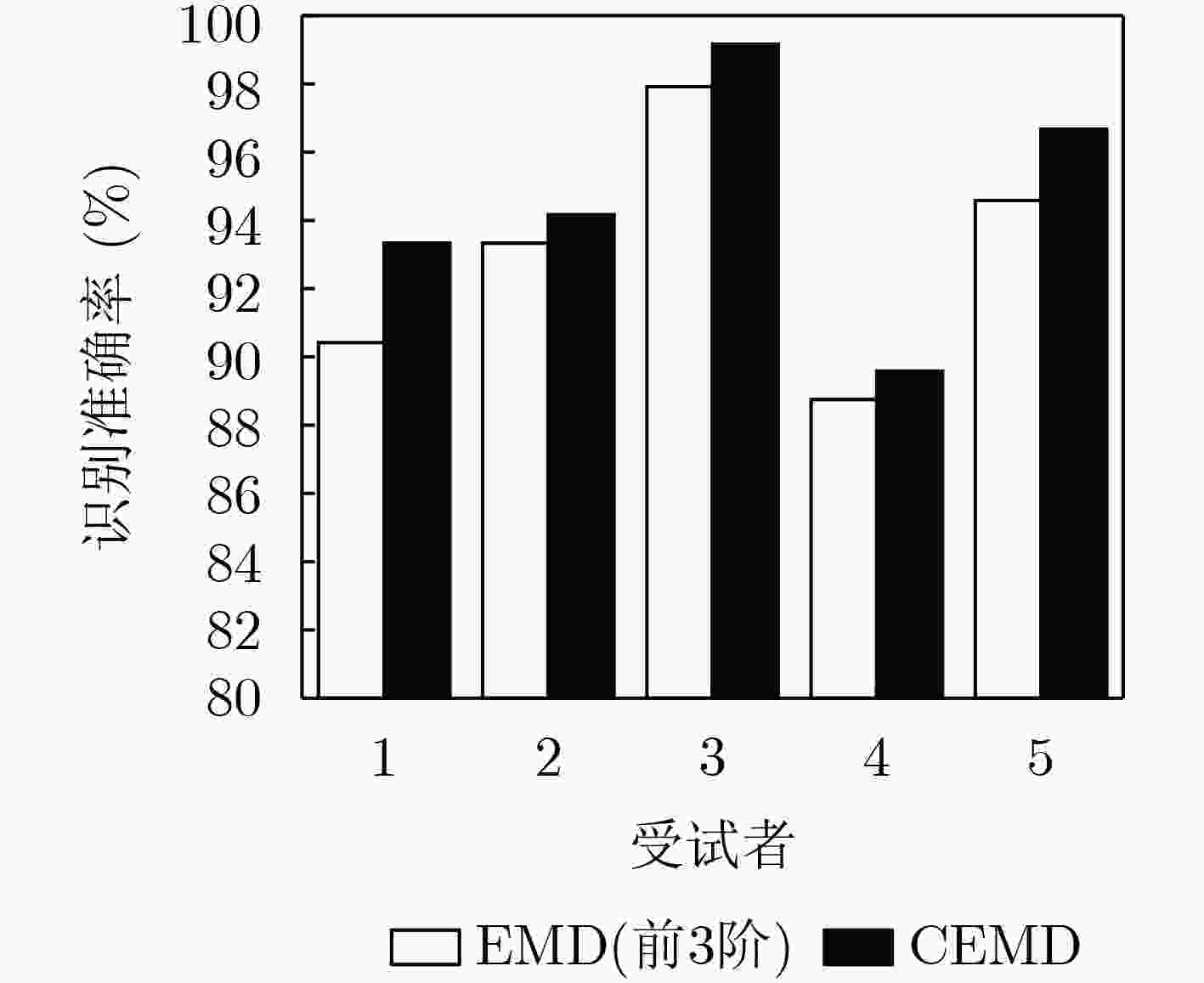
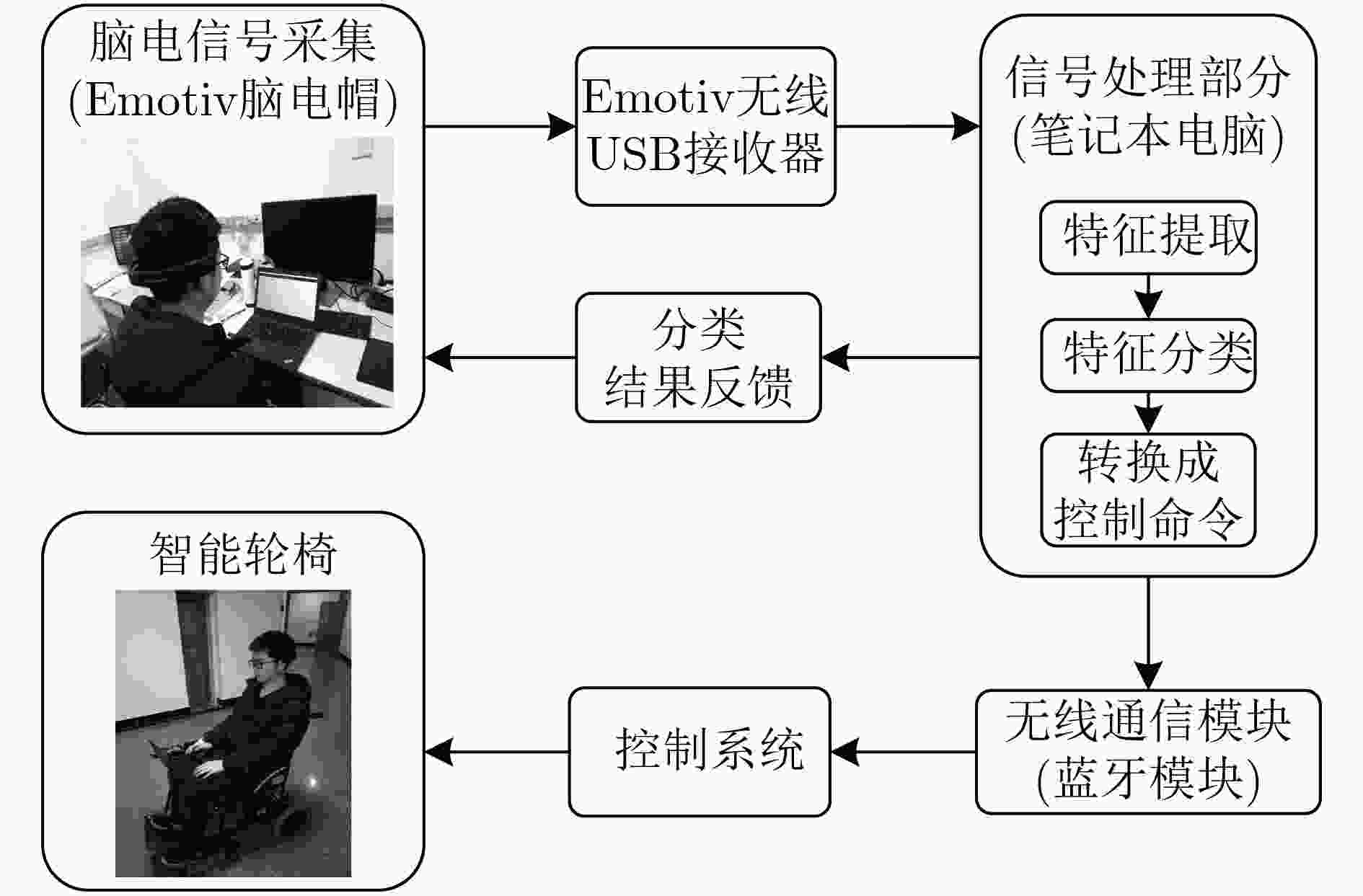


 下载:
下载:
